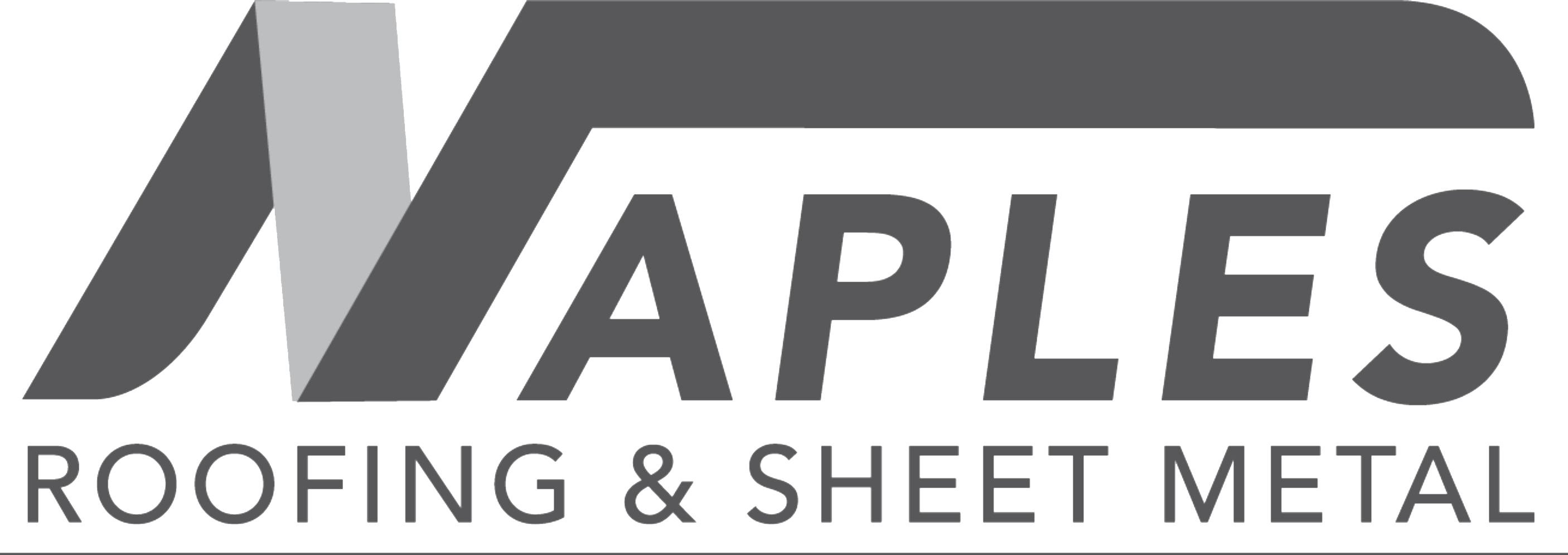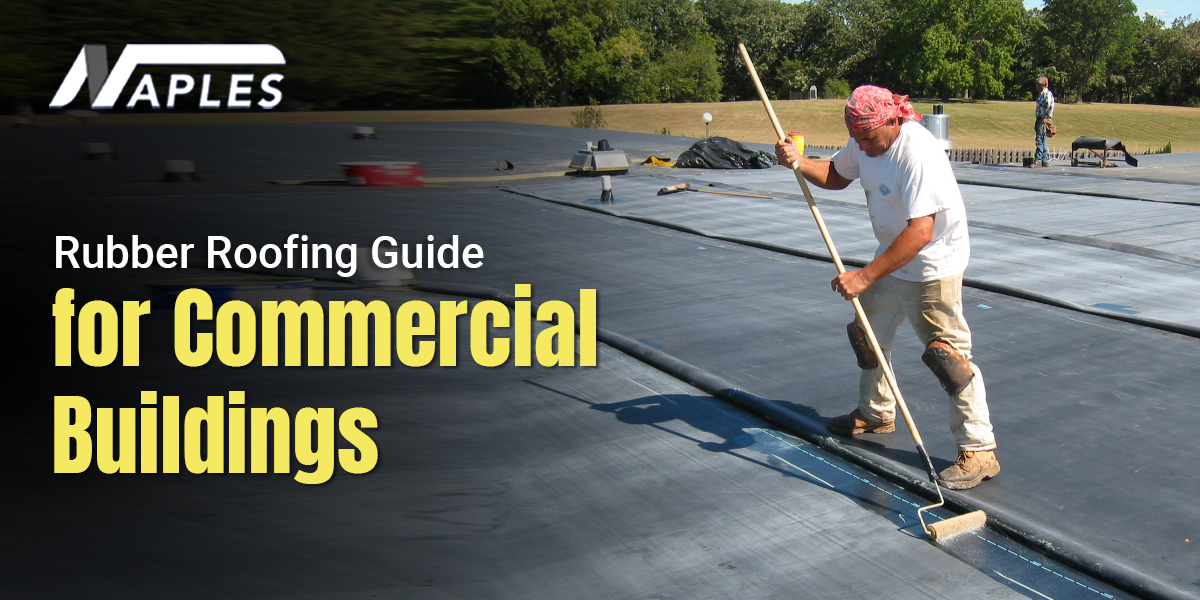Rubber Roofing Guide for Commercial Buildings
Rubber roofing Guide has become an increasingly popular choice for commercial buildings due to its durability, affordability, and ease of installation. Whether you’re constructing a new building or replacing an old roof, rubber roofing offers many advantages that make it ideal for commercial properties. Many commercial and industrial roofing contractors in USA recommend rubber roofing for its long-term reliability and cost-effectiveness. In this guide, we’ll explore what rubber roofing is, its benefits, types, installation process, and how it compares to other commercial roofing materials.
What Is Rubber Roofing?
With Rubber roofing guide we will understand the rubber roofing has a various type of single-ply membrane roofing that is commonly used on flat or low-sloped business roofs. Another name for it is EPDM roofing, or ethylene propylene diene monomer roofing. EPDM, a synthetic rubber product, is renowned for its water resistance, flexibility, and tolerance to harsh weather, including heat, cold, and UV radiation. Because EPDM is durable in extreme weather, many commercial roofing contractors in Buffalo suggest it. It is a long-term, reasonably priced option for commercial properties, with a 50-year lifespan with adequate maintenance.
Types of Rubber Roofing for Commercial Buildings:
There are two main types of rubber roofing used in commercial applications:
EPDM (Ethylene Propylene Diene Monomer)-
The most popular kind of rubber roofing is EPDM. It is very flexible and may expand or contract with changes in temperature. It is available in black or white. EPDM is usually installed in large sheets, reducing the number of seams and minimizing the potential for leaks.
TPO (Thermoplastic Olefin)-
TPO is another type of rubber roofing that combines the benefits of both EPDM and PVC roofing. It is typically white and offers excellent resistance to UV rays, which can help reduce energy costs by reflecting sunlight and keeping the building cooler.
Benefits of Rubber Roofing for Commercial Buildings:
Rubber roofing provides numerous advantages for commercial properties. Here are some key benefits:
Durability-
Rubber roofing is highly durable and can withstand extreme weather conditions, including high winds, heavy rain, and snow. It is also resistant to cracking, peeling, and tearing, which are common issues with other roofing materials.
Energy Efficiency-
When installed in lighter colors, such as white TPO, rubber roofing can reflect sunlight and reduce the heat absorbed by the building. This can lead to lower energy costs, especially during the summer months.
Cost-Effective-
Compared to other commercial roofing materials, rubber roofing is relatively inexpensive. Its long lifespan, minimal maintenance, and easy installation make it a cost-effective solution for building owners looking to save money on their roofing system.
Environmentally Friendly-
Rubber roofing materials are recyclable, and some products are made from recycled materials, making them an environmentally friendly option for commercial buildings.
Water Resistance-
EPDM and TPO roofing systems are highly resistant to water, preventing leaks and water damage. Their single-ply membrane design makes them ideal for flat roofs, where water can accumulate if not properly managed.
Installation Process:
Installing rubber roofing on a commercial building involves several steps:
Preparation-
Before installation, the existing roof surface must be cleaned and inspected for damage. Any necessary repairs should be made to ensure a smooth, flat surface for the rubber roofing to adhere to.
Membrane Installation-
The rubber membrane is rolled out onto the roof and cut to fit the dimensions of the building. Depending on the size of the roof, the membrane can be installed in large sheets, reducing the number of seams.
Adhesive Application-
Workers apply adhesive to the underside of the rubber membrane and then carefully place it onto the roof. Proper alignment is crucial to avoid wrinkles or gaps that could lead to water infiltration.
Sealing Seams-
You use special tape or adhesives to seal the seams where two portions of the membrane meet, forming a watertight barrier.
Final Inspection-
After fully installing the membrane, you inspect the roof for any imperfections or areas that need additional sealing.
Maintenance and Longevity:
You should inspect rubber roofs regularly to ensure they remain in good condition, even though they require minimal maintenance. Remove debris like leaves or branches to prevent damage or water buildup. If you find any tears or punctures, you can easily repair them with a rubber patch or adhesive.
When properly maintained, rubber roofing can last up to 50 years, making it one of the most durable roofing options available for commercial buildings.
Rubber Roofing vs. Other Commercial Roofing Materials:
How does rubber roofing compare to other popular commercial roofing materials?
Rubber vs. Metal Roofing-
While metal roofing is highly durable and energy-efficient, it tends to be more expensive than rubber roofing. Metal roofs are also more prone to rust and corrosion over time, whereas rubber roofing is highly resistant to these issues.
Rubber vs. Asphalt Roofing-
Another common option for commercial buildings’ roofs is asphalt. But compared to rubber roofing, it lasts less time and needs more regular upkeep. In general, rubber roofing is more resilient than asphalt to water damage and leaks.
Rubber vs. PVC Roofing-
PVC roofing is similar to TPO in that it is also a reflective, energy-efficient material. However, PVC roofing tends to be more expensive than rubber roofing and can be less flexible, making it more prone to cracking over time.
Conclusion:
Commercial roofs with low slopes or flat designs frequently use rubber roofing, a single-ply membrane technology. Also known as EPDM (ethylene propylene diene monomer) roofing, it uses synthetic rubber, which provides excellent water resistance, flexibility, and durability against harsh weather conditions like heat, cold, and UV radiation. Many commercial roof repair contractor in Western New York recommend EPDM for its durability in harsh climates. With the right care, it can endure up to 50 years, making it an affordable, long-term option for commercial buildings. Naples roofing is the leading platform for roofing solutions. also in this article we get more idea’s about rubber roofing guide.
FAQ:-
1. What is rubber roofing?
Rubber roofing is a durable roofing material made from synthetic rubber, typically EPDM (ethylene propylene diene monomer), designed to provide weather resistance and longevity for commercial buildings.
2. What are the benefits of rubber roofing?
Rubber roofing offers several advantages, including:
- Durability: Resistant to UV rays, weather, and temperature fluctuations.
- Low Maintenance: less maintenance is needed than with other roofing materials.
- Energy Efficiency: Reflective surfaces can help reduce energy costs.
- Cost-Effective: Long lifespan can lead to lower replacement costs over time.
3. How long does rubber roofing last?
Rubber roofing can last 20 to 30 years or more with proper installation and maintenance.
4. Is rubber roofing environmentally friendly?
Yes, many rubber roofing materials are made from recycled materials and can be recycled at the end of their lifespan, making them an eco-friendly choice.




